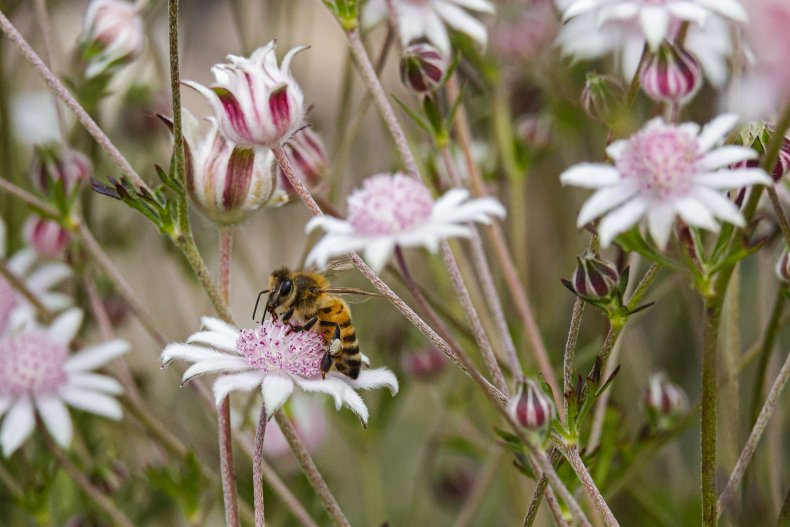This Venomous Creature Causes More Hospitalizations in Australia Than Snakes and Spiders
Some of the most venomous animals in the world can be found in Australia, but the creature responsible for the most hospitalizations in the country over one year was not a spider, snake or jellyfish.
More than a quarter of hospitalisations due to contact with a venomous animal or plant in 2017-18 were caused by bee stings, according to a report released on Wednesday by the Australian Institute of Health and Welfare.
The analysis, based on hospital admission records, suggested bee stings were linked to 927 (26 percent) of the 3,500 cases. The majority of those hospitalisations were down to allergic reactions.
Bees and wasps were to blame for 12 of the 19 deaths related to venomous bites and stings in that period, said the institute's spokesperson Professor James Harrison.
Spider bites were associated with 666 hospitalisations (19 percent) and venomous snakes were responsible for 606 admissions (17 percent). Seven deaths in 2017-18 were attributed to snake bites, the institute said.
Brown snakes had accounted for 36 percent (215 cases) of hospitalisations, followed by black snakes (83 cases) and tiger snakes (65 cases). The type of snake was unknown in a third of cases.
The New South Wales government points out that 100 Australian snakes are venomous, with 12 species "likely to inflict a wound that could kill you."
The state government explains in a factsheet on its website: "The most dangerous snakes belong to the front-fanged group, which in NSW include the tiger snake, brown snake, death adder, mulga or king brown snake and a few species of sea snake."
But the institute's report suggested that a sting from a bee or wasp was significantly more likely to result in hospitalization.
Speaking to radio station 3aw, Professor Jo Douglass, head of the Department of Clinical Immunology and Allergy at the Royal Melbourne Hospital, said the report was useful as it highlighted the number of hospital admissions linked to the species.
Douglass explained that people who have previously been stung were most at risk of suffering a severe allergic reaction to a second sting.
She said: "If you have never been stung by a bee you are not going to have an allergic reaction to it because an allergic reaction requires an immune memory that actually forms a reaction to the venom. So if you've never been stung, you're not at risk.
"It's people who have been stung, and often those who have been stung a lot ... There are some rare conditions that render people who are at risk of severe allergic reactions, but most commonly the biggest risk factor has been being stung before."
Although a blood test can show if a person's body has an allergic memory, scientists are unsure why some people will have a reaction and others will not.
Douglass added: "[A test] does not always predict if you will have anaphylaxis. A large local reaction is not in itself dangerous and if you don't get stung for a long time it's likely to not get any worse. The problem is if you get stung a few times in quick succession."


